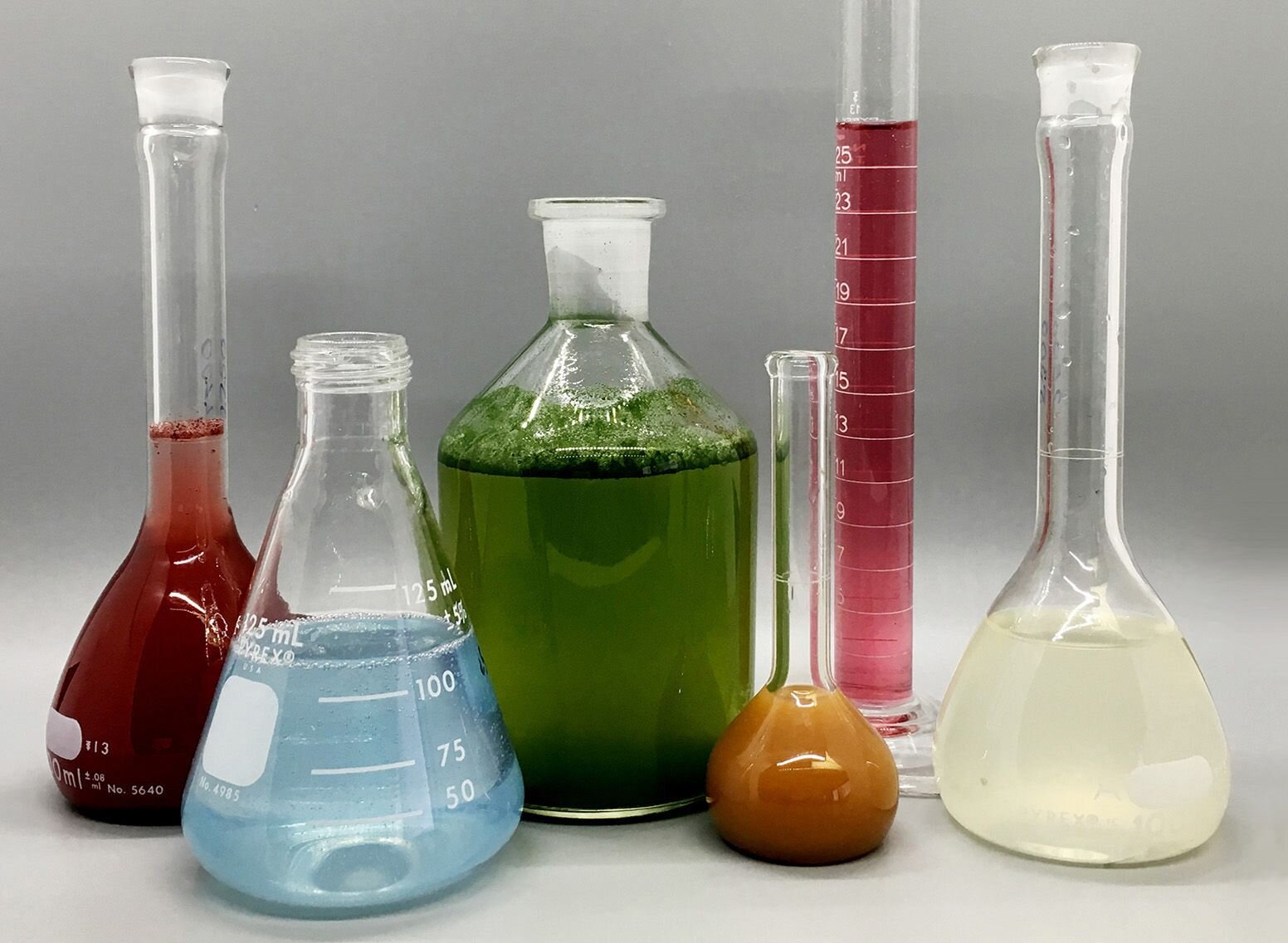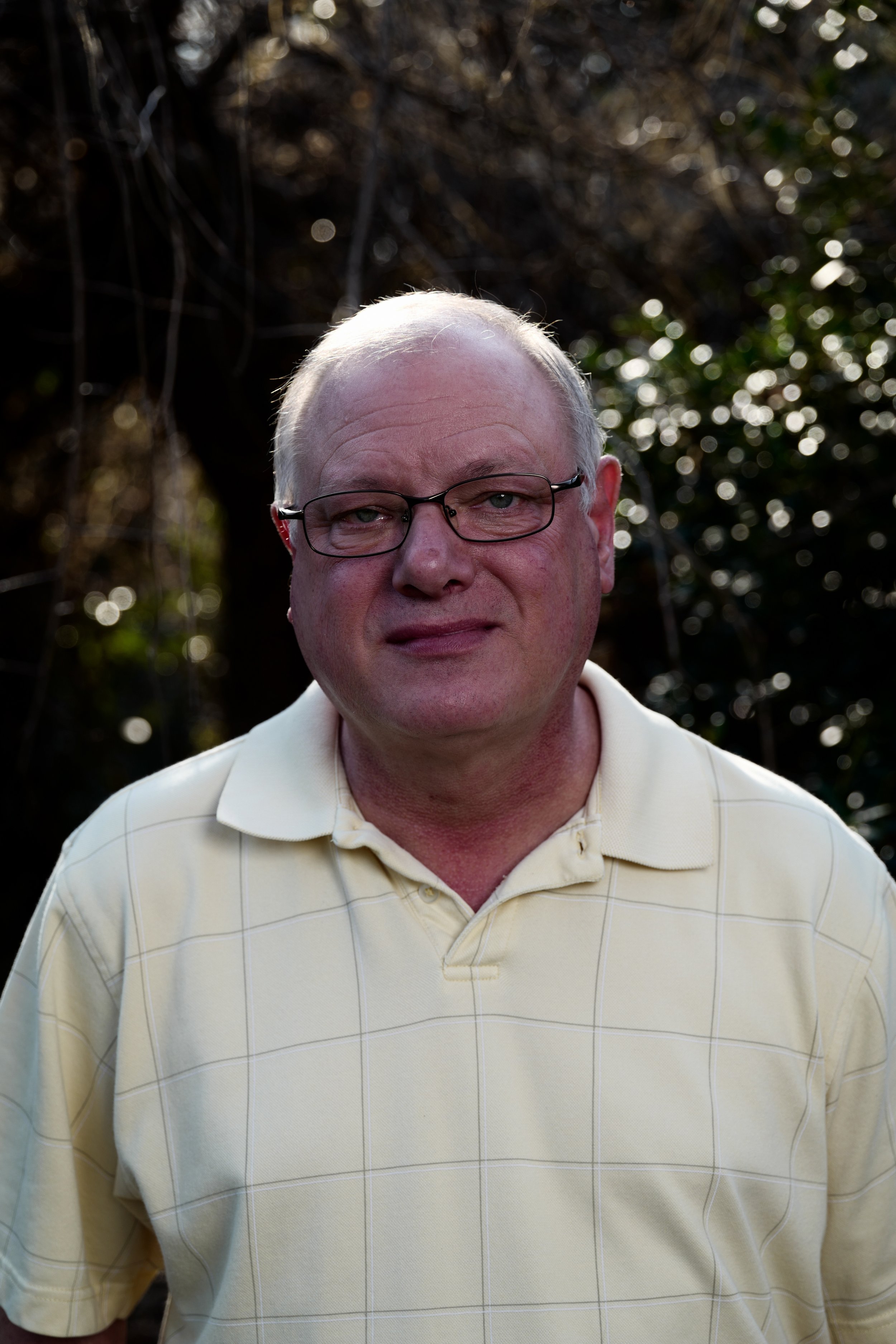The Buzz on Spectrophotometers
The Buzz on Spectrophotometers
Blog Article
Circular Dichroism Fundamentals Explained
Table of ContentsNot known Factual Statements About Uv/vis Uv/vis Fundamentals ExplainedThe Facts About Spectrophotometers RevealedThe 10-Second Trick For Uv/visCircular Dichroism for DummiesThe Main Principles Of Spectrophotometers Not known Details About Circular Dichroism Our Spectrophotometers DiariesWhat Does Spectrophotometers Mean?Some Known Factual Statements About Circular Dichroism Excitement About Uv/vis/nirCircularly Polarized Luminescence Fundamentals ExplainedCircular Dichroism - Questions
It is then scanned through the sample and the referral options. Portions of the event wavelengths are transferred through, or shown from, the sample and the reference. The resultant light strikes the photodetector gadget, which compares the relative strength of the two beams. Electronic circuits convert the relative currents into direct transmission percentages and/or absorbance/concentration worths.The transmission of a recommendation compound is set as a baseline (datum) worth, so the transmission of all other substances are taped relative to the initial "zeroed" substance. The spectrophotometer then transforms the transmission ratio into 'absorbency', the concentration of specific elements of the test sample relative to the initial substance.
Given that samples in these applications are not readily offered in large amounts, they are specifically fit to being analyzed in this non-destructive strategy. In addition, precious sample can be saved by utilizing a micro-volume platform where just 1u, L of sample is required for complete analyses. A brief description of the treatment of spectrophotometry consists of comparing the absorbency of a blank sample that does not contain a colored substance to a sample that contains a colored substance.
Get This Report about Spectrophotometers
In biochemical experiments, a chemical and/or physical property is picked and the procedure that is utilized is specific to that residential or commercial property in order to obtain more info about the sample, such as the amount, purity, enzyme activity, and so on. Spectrophotometry can be used for a number of methods such as determining ideal wavelength absorbance of samples, figuring out optimal p, H for absorbance of samples, identifying concentrations of unidentified samples, and figuring out the p, Ka of different samples.: 21119 Spectrophotometry is likewise a practical procedure for protein filtration and can also be used as a technique to develop optical assays of a compound.
It is possible to know the concentrations of a 2 part mixture using the absorption spectra of the basic options of each component. To do this, it is needed to know the termination coefficient of this mix at two wave lengths and the extinction coefficients of solutions which contain the known weights of the 2 parts.

The Buzz on Circular Dichroism
Region. The concentration of a protein can be approximated by measuring the OD at 280 nm due to the presence of tryptophan, tyrosine and phenylalanine.
Nucleic acid contamination can likewise interfere. This technique requires a spectrophotometer efficient in determining in the UV region with quartz cuvettes.: 135 Ultraviolet-visible (UV-vis) spectroscopy includes energy levels that delight electronic transitions. Absorption of UV-vis light excites particles that remain in ground-states to their excited-states. Noticeable area 400700 nm spectrophotometry is utilized thoroughly in colorimetry science.
20. 8 O.D. Ink manufacturers, printing companies, textiles suppliers, and a lot more, require the data provided through colorimetry. They take readings in the area of every 520 nanometers along the noticeable area, and produce a spectral reflectance curve or an information stream for alternative discussions. These curves can be used to test a brand-new batch of colorant to check if it makes a match to specs, e.
Uv/vis - An Overview
Traditional noticeable region spectrophotometers can not spot if a colorant or the base product has fluorescence. This can make it difficult to handle color issues if for example one or more of the printing inks is fluorescent. Where a colorant contains fluorescence, a bi-spectral fluorescent spectrophotometer is used (https://allmyfaves.com/olisclarity1?tab=Olis%20Clarity). There are two major setups for visual spectrum spectrophotometers, d/8 (round) and 0/45.
Researchers utilize this instrument to measure the amount of compounds in a sample. If the substance is more focused more light will be soaked up by the sample; within little ranges, the Beer, Lambert law holds and the absorbance between samples vary with concentration linearly. In the case of printing measurements 2 alternative settings are typically used- without/with uv filter to manage much better the result of uv brighteners within the paper stock.
Things about Spectrophotometers
Some applications require little volume measurements which can be carried out with micro-volume platforms. As described in the applications section, spectrophotometry can be used in both qualitative and quantitative analysis of DNA, RNA, and proteins. Qualitative analysis can be used and spectrophotometers are utilized to record spectra of compounds by scanning broad wavelength regions to figure out the absorbance properties (the intensity of the color) of the substance at each wavelength.

The Basic Principles Of Circularly Polarized Luminescence
One major factor is the type of photosensors that are offered for various spectral regions, however infrared measurement is likewise difficult because practically whatever discharges IR as thermal radiation, particularly at wavelengths beyond about 5 m. Another issue is that several materials such as glass and plastic absorb infrared, making it incompatible as an optical medium.
Obtained Dec 23, 2018. Essential Lab Methods for Biochemistry and Biotechnology (2nd ed.). The important guide to analytical chemistry.
Chichester, NY: Wiley. pp. 1617. ISBN 9780471974123. OCLC 36543293. Ninfa AJ, Ballou DP (2004 ). Fundamental laboratory methods for biochemistry and biotechnology. Hoboken: Wiley. p. 66. ISBN 9781891786006. OCLC 633862582. Rendina G (1976 ). Philadelphia, PA: W. B. Saunders Business. pp. 46-55. ISBN 0721675506. OCLC 147990. Oke, J. B.; Gunn, J. E.
About Circularly Polarized Luminescence
"Secondary standard stars for outright spectrophotometry". The Astrophysical Journal. 266: 713. Bibcode:1983 Ap, J..266..713 O. doi:10. 1086/160817. Ishani, G (2006 ). "The very first industrial UV-vis spectrophotometer". p. 100. Recovered Dec 23, 2018. Simoni, RD; Hill, RL; Vaughan, M; Tabor, H (Dec 5, 2003). "A Traditional Instrument: The Beckman DU Spectrophotometer and Its Creator, Arnold O.
278 (49 ): e1. doi:. ISSN 1083-351X. Beckman, A. O.; Gallaway, W. S.; Kaye, W.; Ulrich, W. F. (March 1977). "History of spectrophotometry at Beckman Instruments, Inc". Analytical Chemistry. 49 (3 ): 280A300A. doi:10. 1021/ac50011a001. "Hewlett Packard: Substance Recognition with HP 8450 A UV Noticeable Spectrophotometer". Analytical Chemistry. 51 (12 ): 1188A1189A. 1979-10-01.
Ninfa AJ, Ballou DP, Benore M (2015 ). Essential Laboratory Approaches for Biochemistry and Biotechnology (3, rev. see ed.). UV/Vis. Lab Equipment.
The Only Guide for Circularly Polarized Luminescence
"Applied Spectrophotometry: Analysis of a Biochemical Mix". Biochemistry and Molecular Biology Education. Journal of Biochemistry Education.
How Uv/vis/nir can Save You Time, Stress, and Money.
U.S. Department of Commerce National Bureau of Standards special publication; 378. Washington, D.C.: U.S. National Bureau of Standards. p. 2. OCLC 920079.
The procedure starts with a regulated source of light that brightens the analyzed sample. In the case of reflection, as this light communicates with the sample, some is absorbed or produced. The given off light travels to the detector, which is analyzed, measured, and provided as industry-standard color scales and indices.
All terms are evaluated over the noticeable spectrum from 400 to 700 nm. In the case of transmission, when the light connects with the sample, it is either taken in, reflected, or transferred.
The 7-Minute Rule for Uv/vis
Examples consist of APHA (American Public Health Association) for watercolor and pureness analysis, ASTM D1500 for petrochemical color analysis, edible oil indices used in food, and color analyses of drinks. The streamlined math looks like this:. Where T is the transmission coefficient. All terms are assessed over the noticeable spectrum from 400 to 700 nm.
Image Credit: Matej Kastelic/ Dr. Arnold J. Beckman and his colleagues at the National Technologies Laboratories initially developed the spectrophotometer in 1940. In 1935 Beckman established the company, and the discovery of the spectrophotometer was their most ground-breaking invention. Dr. Bruce Merrifield, a Nobel prize-winning biochemist, stated that the development of the spectrophotometer was "most likely the most important instrument ever established towards the advancement of bioscience." Before the discovery of the spectrophotometer, chemical analyses took weeks to finish, with 25% accuracy.
Indicators on Uv/vis You Need To Know
99% precision. With time, researchers kept improving the spectrophotometer style to boost its efficiency. The UV capabilities of the model B spectrophotometer were improved by changing the glass prism with a quartz prism. Eventually, the Design DU was produced, including a hydrogen lamp and other improvements. This instrument was utilized in commercial laboratories, clinics, and chemistry and biochemistry departments.
Generally, a spectrophotometer is made up of 2 instruments, namely, a spectrometer and a photometer. A fundamental spectrophotometer contains a light source, a monochromator, a collimator for straight light beam transmission, a cuvette to position a sample, and a photoelectric detector.
Some Ideas on Circularly Polarized Luminescence You Should Know
There are different kinds of spectrophotometers in different sizes and shapes, each with its own purpose or performance. A spectrophotometer determines just how much light is shown by chemical components. spectrophotometers. It determines the difference in light intensity based upon the total amount of light presented to a sample and the amount of light beam that passes through the sample service
A spectrophotometer is utilized to determine the concentration of both colorless and colored solutes in a solution. This instrument is used to figure out the rate of a reaction.
Report this page